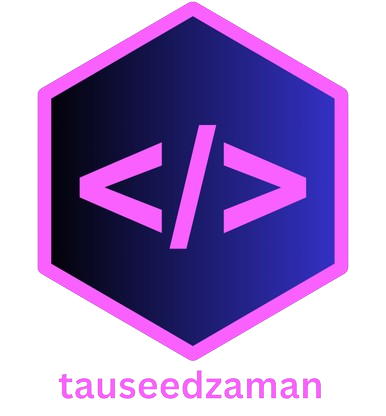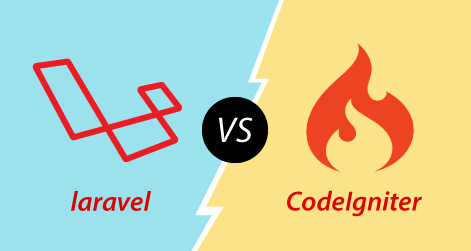Exploring the Differences Between Laravel and CodeIgniter 4
Choosing the right PHP framework is a crucial decision for developers, and two popular options that often come up in discussions are Laravel and CodeIgniter 4. Both frameworks have their strengths and weaknesses, catering to different needs and preferences. In this article, we'll delve into the key differences between Laravel and CodeIgniter 4 to help you make an informed decision based on your project requirements
-
Architecture and Philosophy:
-
Laravel: Laravel follows the Model-View-Controller (MVC) architectural pattern and promotes expressive, elegant syntax. It prioritizes developer-friendly code and emphasizes the use of modern PHP features. Laravel comes with an ORM (Eloquent) for database interactions, making it easy to work with databases.
-
CodeIgniter 4: CodeIgniter 4 also adheres to the MVC pattern but follows a more lightweight and minimalist approach. It focuses on simplicity and performance, providing essential features without unnecessary bloat. CodeIgniter 4 allows for greater flexibility, allowing developers to choose the components they need for their projects.
-
-
Learning Curve:
-
Laravel: Laravel is known for its expressive syntax and a rich set of features, which can make it a bit more challenging for beginners. However, its comprehensive documentation and a large, active community contribute to a supportive learning environment.
-
CodeIgniter 4: CodeIgniter 4 is designed with simplicity in mind, offering a more straightforward learning curve. Its lightweight nature and clear documentation make it an excellent choice for developers who want to get started quickly without diving into complex configurations.
-
-
Community and Ecosystem:
-
Laravel: Laravel boasts a vibrant and extensive community. The ecosystem is filled with various packages, extensions, and resources, making it easy to find solutions to common problems. Laravel's community-driven approach ensures ongoing support and frequent updates.
-
CodeIgniter 4: CodeIgniter 4 has a smaller community compared to Laravel, but it is still active and growing. While the ecosystem may not be as extensive as Laravel's, CodeIgniter 4 provides a solid foundation, and the community is known for its helpfulness.
-
-
Built-in Features:
-
Laravel: Laravel comes with a wide range of built-in features, including Eloquent ORM, Blade templating engine, Laravel Mix for asset compilation, and more. It provides a comprehensive toolkit out of the box, reducing the need for external dependencies.
-
CodeIgniter 4: CodeIgniter 4 takes a more modular approach, allowing developers to choose and include only the components they need. While it may lack some of the built-in features of Laravel, CodeIgniter 4's simplicity allows for greater flexibility in tailoring the framework to specific project requirements.
-











3 Comments
Justin Case
April 8, 2022 at 7:38 amPatient Comments are a collection of comments submitted by viewers in
response to a question posed by a MedicineNet doctor.
Jemil Akthtan
July 14, 2022Include anecdotal examples of your experience, or things you took notice of that you feel others would find useful.
Justin Case
April 8, 2022 at 7:38 amPatient Comments are a collection of comments submitted by viewers in
response to a question posed by a MedicineNet doctor.